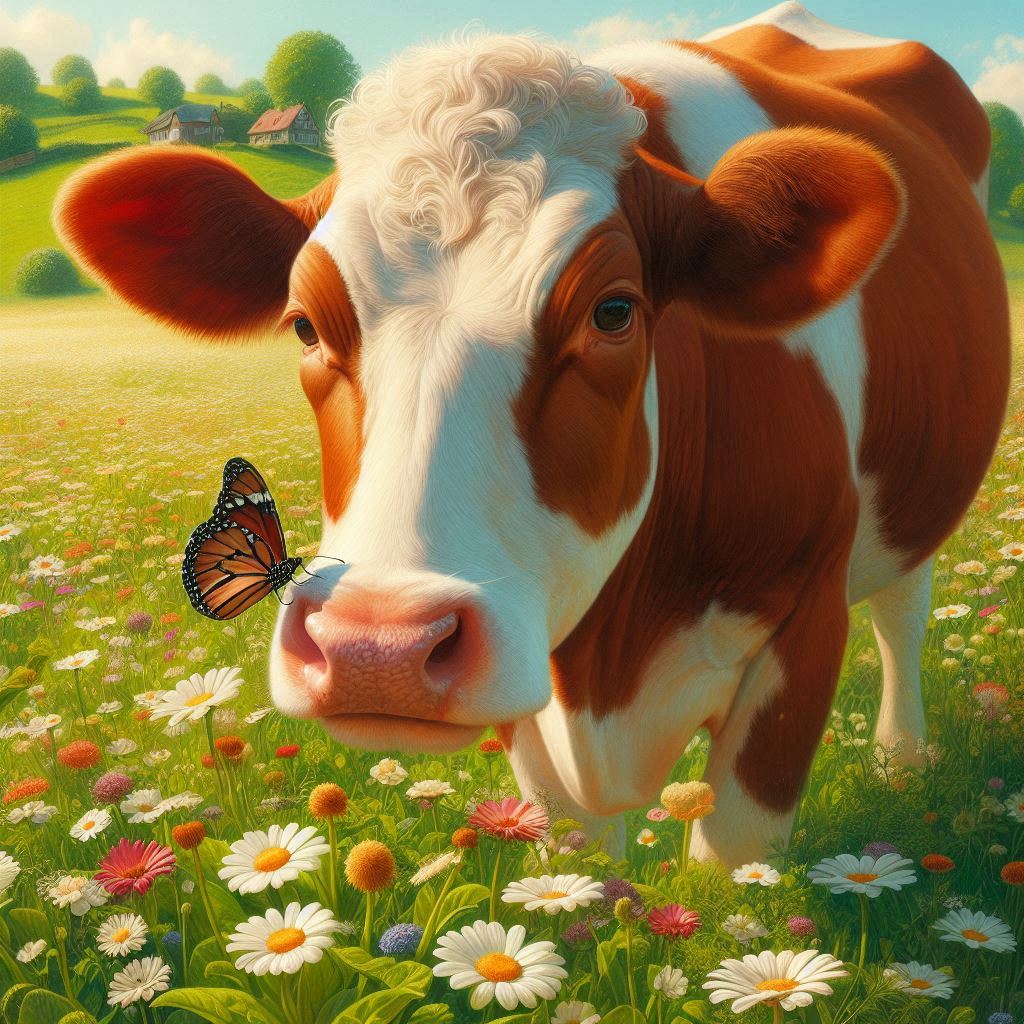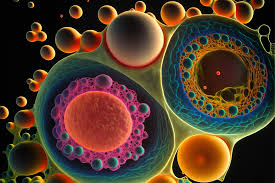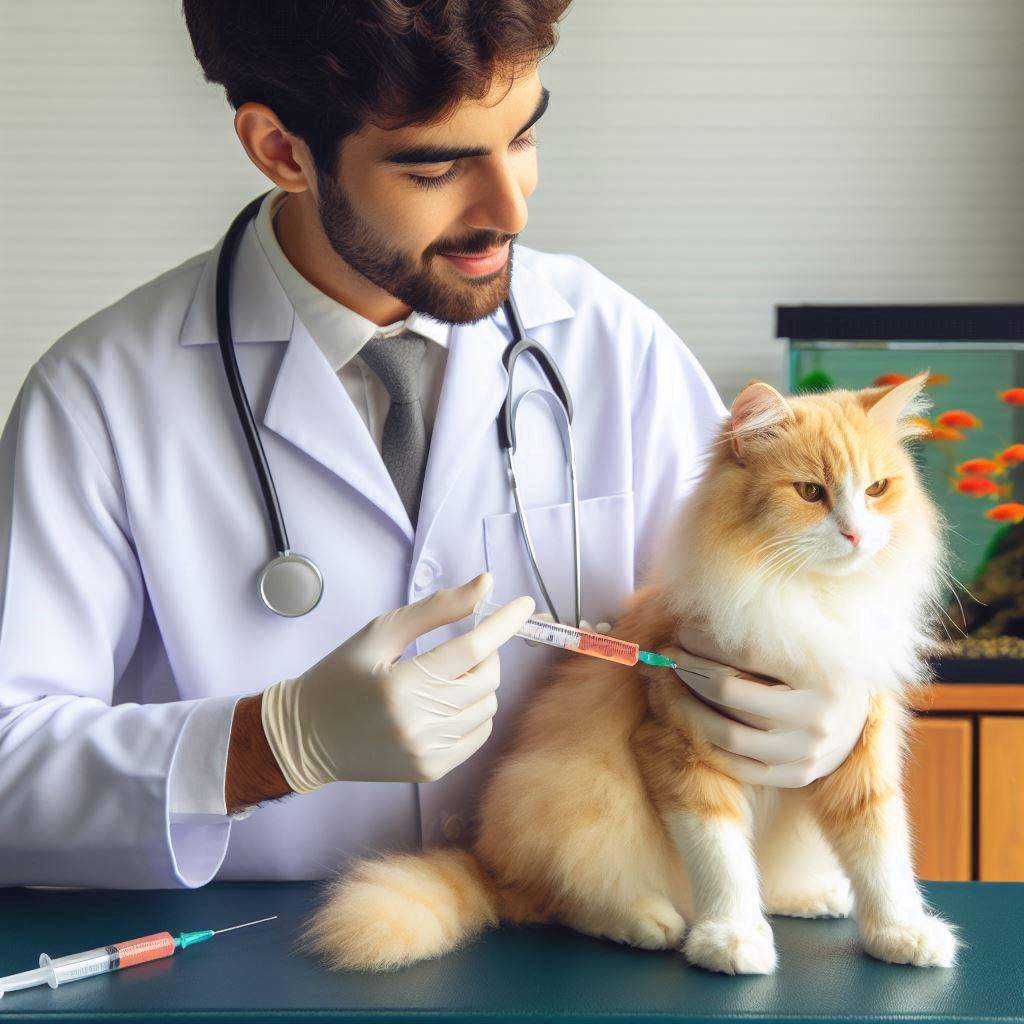Celebrating the Elegance of Cows
In the bucolic landscapes that define rural life, one might not immediately think of elegance when it comes to cows. However, these gentle creatures possess a quiet and undeniable grace that transcends their pastoral surroundings. In this article, we delve into the often-overlooked elegance of cows, exploring their majestic presence, essential contributions to agriculture, and the unique charm that makes them more than mere farm animals. The Majestic Demeanor: Despite their large and seemingly unassuming presence, cows carry themselves with a regal demeanor. From the gentle swaying of their heads as they graze to the deliberate steps they take, there’s an inherent grace that captivates those who take a moment to observe. Their serene expressions and calm disposition add to the overall elegance, making them an emblem of tranquility in the midst of rural landscapes. A Symphony of Colors and Patterns: Cows come in a stunning array of colors and patterns, from the classic black and white Holsteins to the rich reds and browns of Herefords and the striking speckles of the Belted Galloways. Each breed boasts its own unique palette, contributing to the visual tapestry of farms around the world. Their coat patterns, whether solid, spotted, or brindled, showcase the diversity and beauty within the bovine world. Agricultural Stewards: Beyond their aesthetic appeal, cows play a pivotal role in agriculture, serving as essential contributors to food production. As providers of milk, meat, leather, and other by-products, they form the backbone of many societies. Their elegance extends beyond their physical appearance to the efficiency with which they convert grass and grains into nourishment for humans, showcasing the harmonious relationship between these animals and the communities they sustain. Cultural Symbolism: Cows hold cultural significance in various societies, often symbolizing abundance, fertility, and nurturing. In Hinduism, the cow is revered as a sacred animal, representing life and the Earth. In Western cultures, the image of a pastoral scene with cows grazing in meadows evokes a sense of nostalgia and a connection to simpler times. This cultural symbolism adds layers to the elegance associated with cows, transcending their utilitarian roles. Companionship and Emotional Intelligence: Cows, often portrayed as docile creatures, exhibit a surprising level of emotional intelligence. They form strong bonds with their herd members and display signs of distress when separated. Research has shown that cows have the capacity for complex emotions and can experience joy, fear, and even anxiety. This emotional depth adds another dimension to their elegance, fostering a deeper appreciation for their social nature. In celebrating the elegance of cows, we recognize these magnificent creatures for more than their agricultural contributions. Their grace, diverse aesthetics, and cultural symbolism paint a portrait of animals that embody both utility and beauty. Whether gazing at a herd peacefully grazing in a sunlit meadow or appreciating the intricate patterns of their coats, it becomes clear that cows are not just farm animals—they are living, breathing testaments to the elegance that exists in the everyday landscapes they call home. 3.5



